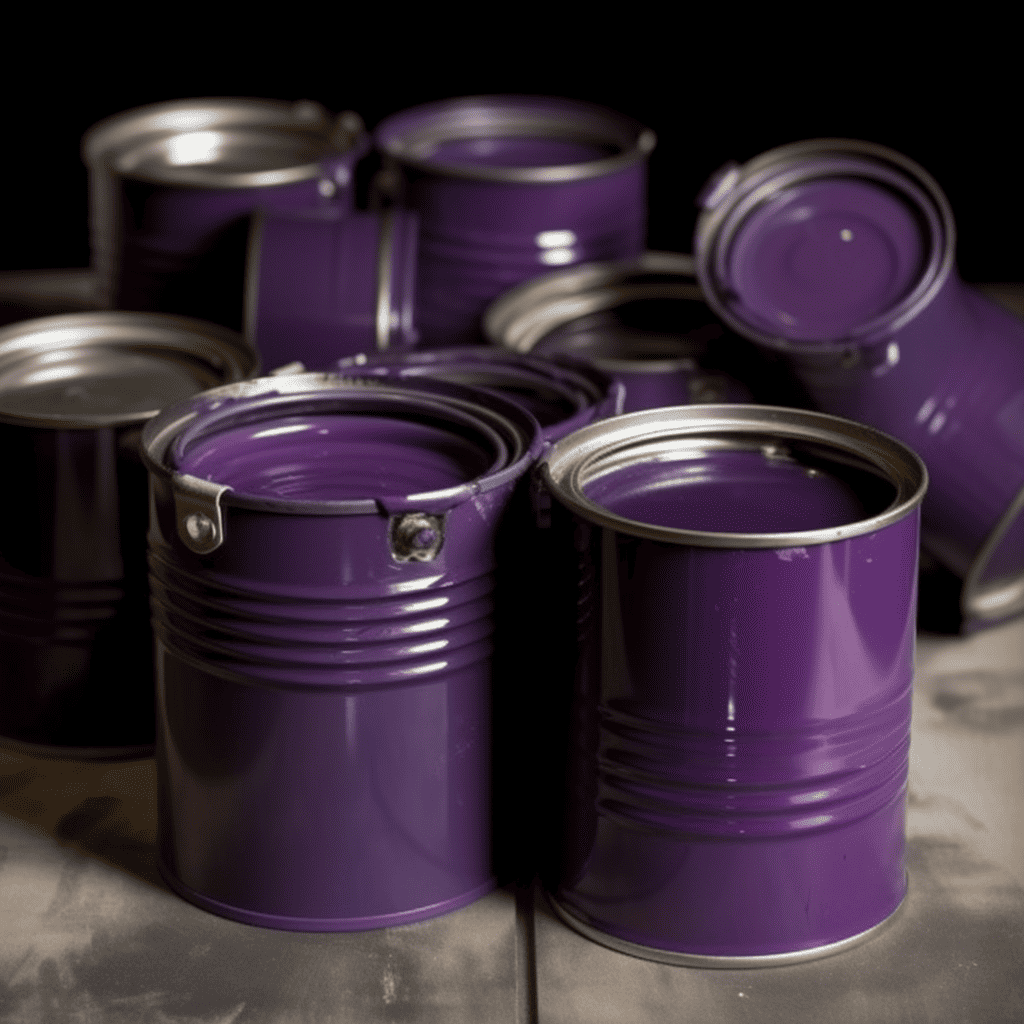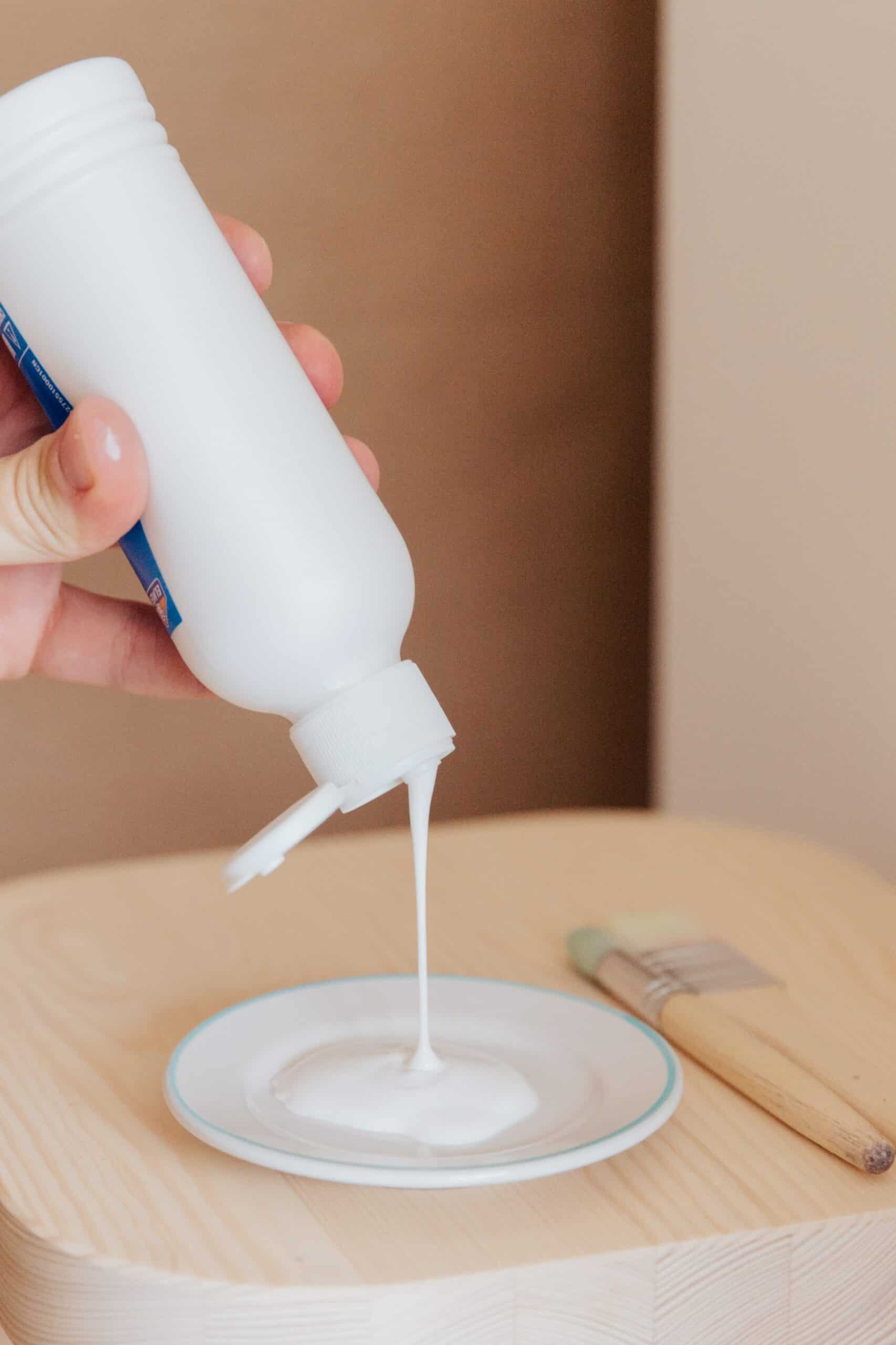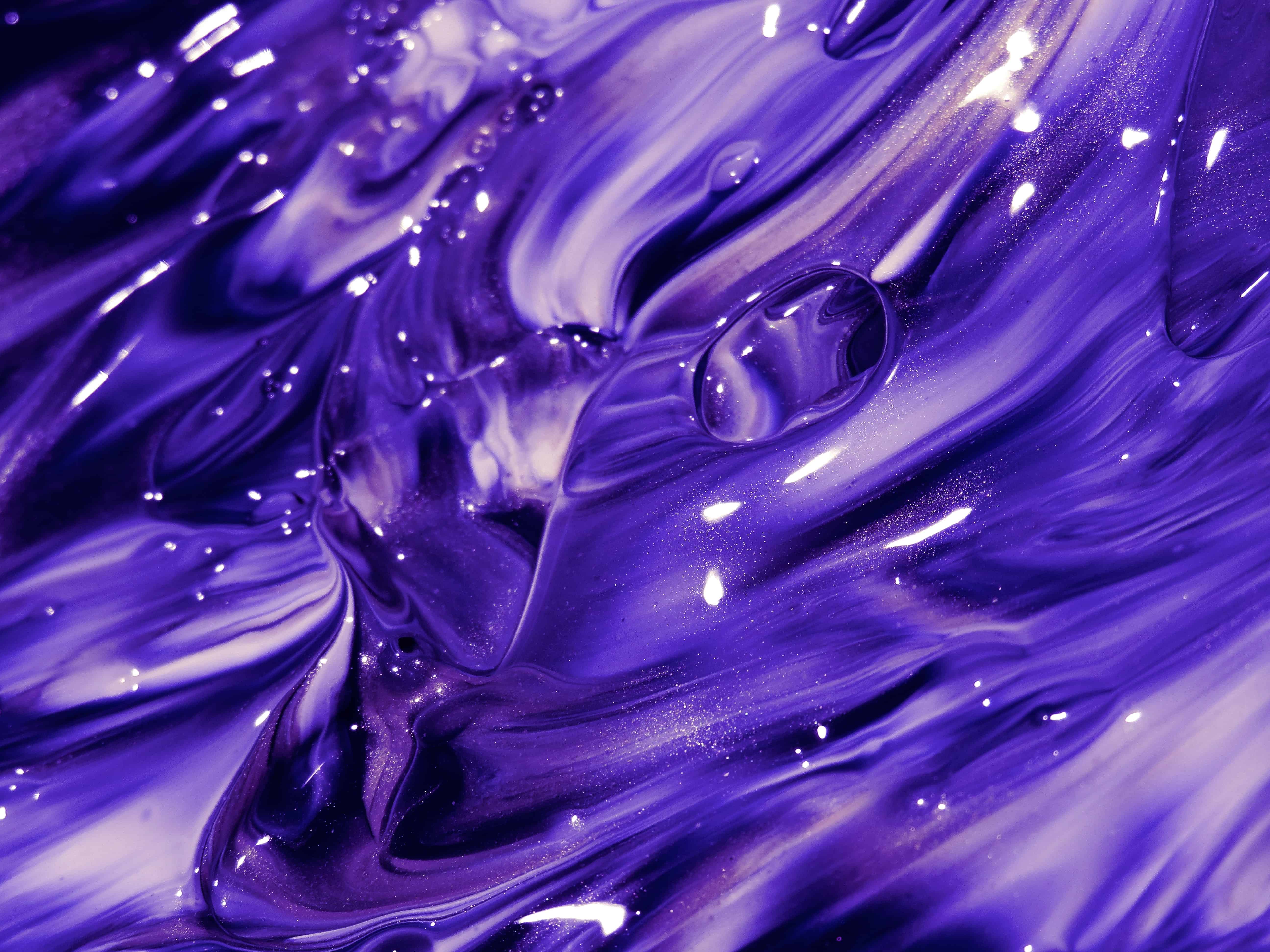The Art of Mixing: A Beginner's Guide to Creating Purple Acrylic Paint
Painting with acrylics can be a challenging yet rewarding task. The creative possibilities are endless when working with this versatile medium, and the vibrant colors available make it possible to create stunning works of art. If you're looking for an extra special touch in your artwork, nothing beats the beauty of purple acrylic paint. Making it from scratch is surprisingly easy! In this article, we'll show you how to mix your custom shade of purple so that you can add unique vibrancy to any painting project. Whether you’re a professional artist or just getting started with acrylics, follow these simple steps for guaranteed success every time!
Definition Of Acrylic Paint
Acrylic paint is a popular choice amongst artists due to its versatility and durability. According to statistics, acrylic paints are the most widely used type of paint in art galleries. As an artist or professional acrylic painter, it can be helpful to understand what this medium is and how it works. Acrylic paint refers to a range of synthetic polymers that have been dissolved into water-based solutions for use as a painting medium. This allows artists to create vivid colors with easy brushwork on many surfaces such as canvas, paper, wood, and more.

Several components determine the characteristics of acrylic paints including pigment concentration, resin binder content, and other modifiers like fillers or matting agents which affect drying time and viscosity. Pigment concentrations will vary from color to color with some being much brighter than others. The resin binders help form a protective coating over the surface while providing flexibility so your work lasts longer without cracking or fading.
Now that you know the basics about what acrylic paint is, let’s take a look at how different types differ in their applications and uses.
Types Of Acrylic Paint
When it comes to acrylic paint, there are a variety of types and formulas available. Depending on the desired effect and complexity of the project, it can be helpful to understand the differences between these different kinds of paints. In terms of consistency alone, you have options ranging from liquid or gel to heavy body acrylics that contain more pigment for greater color intensity. Depending on your project’s needs, each type offers its unique properties.
Pigment selection is another important factor when choosing an appropriate paint for a certain piece. It's important to consider how much lightfastness you need as well as if there are any special requirements regarding opacity or transparency. This will help determine which kind of pigments should be used in the formula so you get the result you're looking for.
Additionally, some brands offer specialized colors such as pearlescent or iridescent shades – adding even more options when selecting the right hue for your artwork.
The range of possibilities with acrylic paints allows artists to explore various techniques and produce stunning works of art – but only if they choose suitable materials and mix their paint correctly! With knowledge about paint types, consistency, formulas, and pigments in hand, one has all the tools necessary to create beautiful pieces with this versatile medium.
Choosing The Right Pigment

When creating purple acrylic paint, the right pigment selection is key. Pigments come in a variety of shades and hues to create the desired color. To make sure I get the exact hue variation I'm looking for, it's important to choose an acrylic pigment that will give me the right mix of colors. It's essential when mixing your custom paints to have access to pigments with varying degrees of intensity and lightness so you can achieve exactly what you're aiming for.
Once I've selected my ideal pigments, it's time to move on to mixing techniques that will help me create the perfect shade of purple.
Mixing Techniques
Mixing acrylic paint is a creative and fun process that allows for endless possibilities when creating art. There are several techniques to master to create the desired color, texture, and tone. Here are some of the most popular mixing techniques used by professional acrylic painters:
- Color Mixing Techniques: This technique involves combining different colors on your palette or canvas to achieve the desired hue. It can be done with two or more paints of any shade.
- Acrylic Mixing Techniques: This method combines both pigments and mediums such as gels and pastes to enhance texture and depth while also allowing you to manipulate the opacity of the paint.
- Color Blending Techniques: When using this technique, start with one base color before gradually adding other shades until you get the perfect blend of hues. This is especially useful if you want to add smooth transitions between colors in your painting.
- Adding Texture Techniques: These techniques involve incorporating various textures into your artwork, ranging from splatter effects to impasto-style brushstrokes for added dimensionality and interest. By experimenting with these methods, you’ll be able to bring life and movement into your paintings like never before! Thus, these four basic techniques will help you mix colors effectively, giving your work an impressive finish that will make it stand out among others! Now let's move on to preparing our canvas so we can start applying these skills right away!
Preparing Your Canvas
Once you have mastered the techniques of mixing acrylic paint to create a unique shade of purple, it is time to move on to preparing your canvas. It is essential that before beginning any painting project, you take the proper steps in prepping and priming the surface. This will ensure that the colors blend seamlessly and remain vibrant over time.
The first step in preparing your canvas is to apply gesso. Gesso seals the layers beneath it while providing an ideal base for other mediums or paints to adhere to. Use a brush (preferably made with natural bristles) and layer on one even coat of gesso at a time, allowing each layer to dry completely between coats. Once all three layers have dried, use sandpaper to lightly scuff away imperfections from the surface; this will provide a smooth finish for your painting.

It’s also important not to forget about stretching when getting ready for painting projects. Stretching gives tension on each side of the canvas which prevents warping as the paint dries and creates better results overall. If you need help stretching canvases properly, there are tutorials online which can be very helpful! Now that you know how to prepare your canvas correctly, it’s time to start applying and blending those beautiful shades of purple into something truly stunning!
Applying And Blending Colors
Applying and blending colors is like baking a cake. You need to make sure all the right ingredients are in place before you start cooking up your masterpiece. With acrylics, it's no different. Choosing the right colors for your painting technique is essential if you want to create something special.
When applying paint with an acrylic brush, try to use smooth strokes and build up layers of color until you get the desired effect. For deeper hues, use thicker coats of paint. Start with lighter tones first and then work your way toward darker shades as this will help make the transition smoother. It’s also important to mix several colors using a palette knife or other tools to achieve extraordinary results.
To make purple acrylic paint, combine blue and red paints - add more blue for a cooler hue or redder for a warmer tone.
Experimenting with various ratios can yield interesting effects that may surprise even you!
Blending colors is not just about combining them on the canvas but also creating gradients by gradually shifting from one shade to another so they look seamless when put side-by-side in adjacent areas of your artwork. This requires practice as well as good eye coordination so don't be discouraged if it doesn't come out perfectly at first! Keep working on it and eventually, you'll find yourself able to produce stunning works of art that will leave people mesmerized.
Finishing Touches

Now that we have our canvas painted with purple acrylic paint, it's time to finish up the piece. Finishing touches can elevate a painting from good to great and help bring out the best in your artwork. Here are some tips on how to get the most out of your finished product.
- Glazing Techniques: A glaze is a thin transparent layer applied over an already dry surface, which allows you to adjust colors or add texture without completely changing the original color underneath.
- Brush Strokes: Different brush strokes can be used to achieve different effects in art, such as blending and texturizing. Experiment with different techniques like stippling and cross-hatching to create unique looks.
- Varnishing Techniques: Using varnish will give your painting protection against dust and moisture that might damage it over time. It also gives paintings a glossy look if desired. Apply several layers for optimal protection.
- Highlighting Technique: When adding highlights, use lighter shades of whatever color you are working with and apply them where light would naturally fall on certain parts of the painting, such as edges or areas facing directly toward the viewer’s eyes. This creates more depth in your work and makes it stand out even more!
- Sealing Techniques: To further protect your artwork, consider sealing it after completing all other finishing steps; this helps prevent smudging when handling or transporting the piece. You may want to experiment with different types of sealants before deciding which one works best for you and your project.
By following these few simple techniques, you'll be able to turn an ordinary canvas into something extraordinary! With careful attention paid to detail in each step along the way - from applying colors to accenting details - any artist can make their masterpiece come alive through creative experimentation with various materials and methods.
Conclusion
As an artist, I love experimenting with different colors and mediums to create something unique. Making purple acrylic paint can be a fun and creative process that allows you to express your vision through color. Whether it’s adding bold hues or subtle shades of lavender, creating the perfect hue is within reach for any skill level.
Creating custom paints takes time and practice so don’t get discouraged if you don't achieve your desired result right away. Studies have shown that 90% of practical learning comes from trial and error - so keep at it! With patience, experimentation, and some guidance from this article, anybody can make their own stunningly beautiful purple acrylic paint.
For those looking to explore their creativity in a new way, making custom paints is worth giving a try. From amateurs to professionals alike, there are endless possibilities when working with pigments and techniques that will help bring visions to life on canvas or paper. So go ahead – unleash your creativity!






